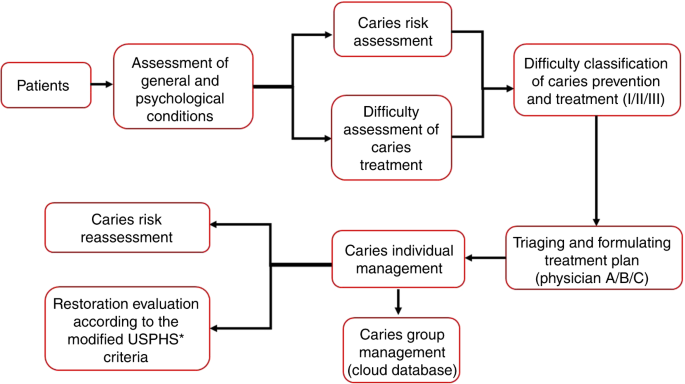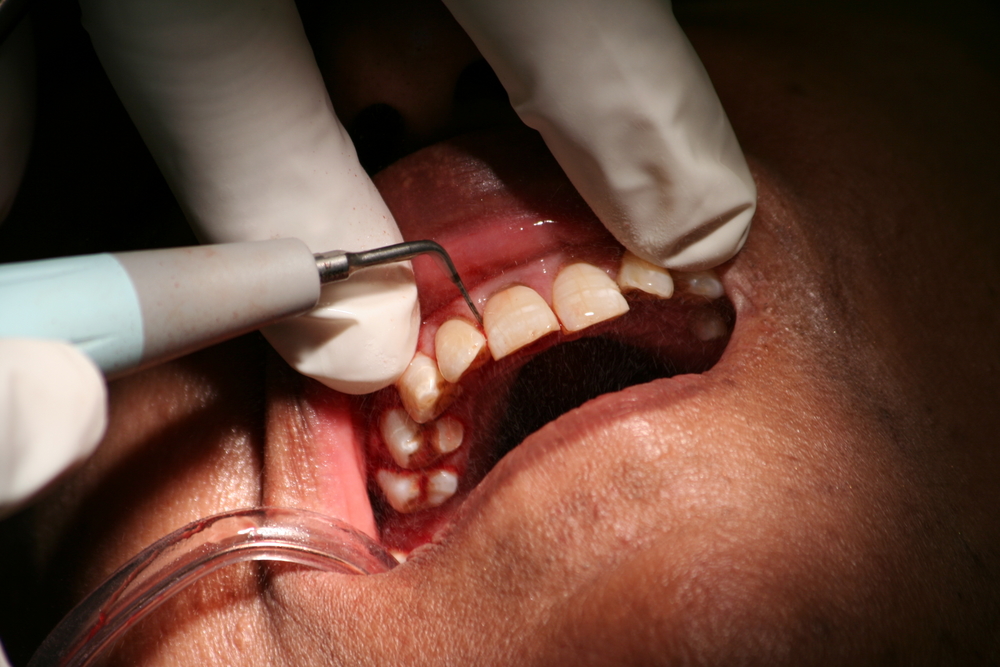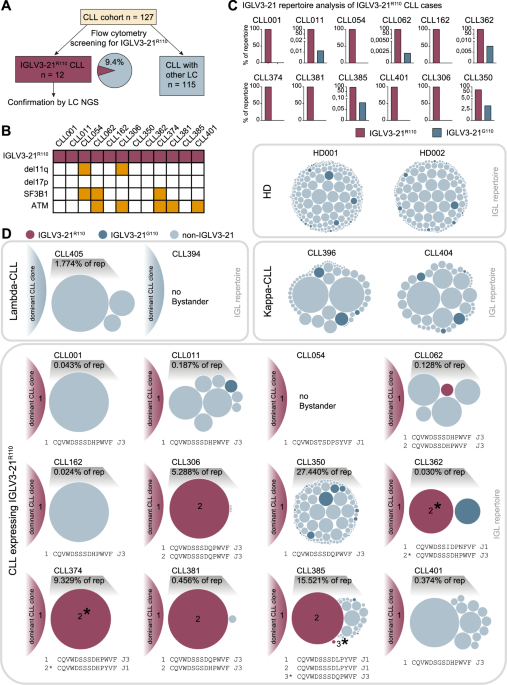|
Αρχειοθήκη ιστολογίου
-
►
2023
(391)
- ► Φεβρουαρίου (200)
- ► Ιανουαρίου (191)
-
▼
2022
(2843)
- ► Δεκεμβρίου (161)
- ► Σεπτεμβρίου (219)
-
▼
Μαρτίου
(314)
-
►
Μαρ 30
(12)
- Air polishing or hand and/or power-driven instrume...
- Comparison of stress distribution between zirconia...
- The implicated clinical factors for outcomes in 30...
- Subclonal heterogeneity sheds light on the transfo...
- From a Slave to a Surgeon: David Kearney McDonogh,...
- Systemic Steroids for Otolaryngology–Head and Neck...
-
►
Μαρ 30
(12)
- ► Φεβρουαρίου (264)
- ► Ιανουαρίου (280)
-
►
2021
(5625)
- ► Δεκεμβρίου (231)
- ► Σεπτεμβρίου (345)
- ► Φεβρουαρίου (620)
-
►
2020
(2065)
- ► Δεκεμβρίου (535)
- ► Σεπτεμβρίου (222)
- ► Φεβρουαρίου (28)
-
►
2019
(9608)
- ► Δεκεμβρίου (19)
- ► Σεπτεμβρίου (54)
- ► Φεβρουαρίου (3791)
- ► Ιανουαρίου (3737)
-
►
2018
(69720)
- ► Δεκεμβρίου (3507)
- ► Σεπτεμβρίου (3851)
- ► Φεβρουαρίου (8116)
- ► Ιανουαρίου (7758)
-
►
2017
(111579)
- ► Δεκεμβρίου (7718)
- ► Σεπτεμβρίου (7549)
- ► Φεβρουαρίου (10753)
- ► Ιανουαρίου (10529)
-
►
2016
(16402)
- ► Δεκεμβρίου (7478)
- ► Φεβρουαρίου (900)
- ► Ιανουαρίου (1250)
! # Ola via Alexandros G.Sfakianakis on Inoreader
Η λίστα ιστολογίων μου
Πέμπτη 31 Μαρτίου 2022
At least 3 years of self-responsibility for periodontal care after 2 years of supportive periodontal therapy
Descriptive analysis of recurrences of nasal intestinal‐type adenocarcinomas after radiotherapy
|
A Mass in the Infratemporal Fossa
|
Key Issues in Use of Prophylactic Steroids to Prevent Hypocalcemia and Voice Dysfunction After Thyroidectomy—Reply
|
Evaluation of digital construction, production and intraoral position accuracy of novel 3D CAD/CAM titanium retainers
|
Expert consensus on dental caries management
|
Τετάρτη 30 Μαρτίου 2022
Air polishing or hand and/or power-driven instruments in supportive periodontal therapy
|
Comparison of stress distribution between zirconia/alloy endocrown and CAD/CAM multi-piece zirconia post-crown: three-dimensional finite element analysis
|
The implicated clinical factors for outcomes in 304 patients with salivary duct carcinoma: Multi‐institutional retrospective analysis in Japan
|
Subclonal heterogeneity sheds light on the transformation trajectory in IGLV3-21R110 chronic lymphocytic leukemia
|
From a Slave to a Surgeon: David Kearney McDonogh, the First Black Otolaryngologist
|
Systemic Steroids for Otolaryngology–Head and Neck Surgery Disorders: An Evidence-Based Primer for Clinicians
|
Αρχειοθήκη ιστολογίου
-
►
2023
(391)
- ► Φεβρουαρίου (200)
- ► Ιανουαρίου (191)
-
▼
2022
(2843)
- ► Δεκεμβρίου (161)
- ► Σεπτεμβρίου (219)
-
▼
Μαρτίου
(314)
-
►
Μαρ 30
(12)
- Air polishing or hand and/or power-driven instrume...
- Comparison of stress distribution between zirconia...
- The implicated clinical factors for outcomes in 30...
- Subclonal heterogeneity sheds light on the transfo...
- From a Slave to a Surgeon: David Kearney McDonogh,...
- Systemic Steroids for Otolaryngology–Head and Neck...
-
►
Μαρ 30
(12)
- ► Φεβρουαρίου (264)
- ► Ιανουαρίου (280)
-
►
2021
(5625)
- ► Δεκεμβρίου (231)
- ► Σεπτεμβρίου (345)
- ► Φεβρουαρίου (620)
-
►
2020
(2065)
- ► Δεκεμβρίου (535)
- ► Σεπτεμβρίου (222)
- ► Φεβρουαρίου (28)
-
►
2019
(9608)
- ► Δεκεμβρίου (19)
- ► Σεπτεμβρίου (54)
- ► Φεβρουαρίου (3791)
- ► Ιανουαρίου (3737)
-
►
2018
(69720)
- ► Δεκεμβρίου (3507)
- ► Σεπτεμβρίου (3851)
- ► Φεβρουαρίου (8116)
- ► Ιανουαρίου (7758)
-
►
2017
(111579)
- ► Δεκεμβρίου (7718)
- ► Σεπτεμβρίου (7549)
- ► Φεβρουαρίου (10753)
- ► Ιανουαρίου (10529)
-
►
2016
(16402)
- ► Δεκεμβρίου (7478)
- ► Φεβρουαρίου (900)
- ► Ιανουαρίου (1250)






